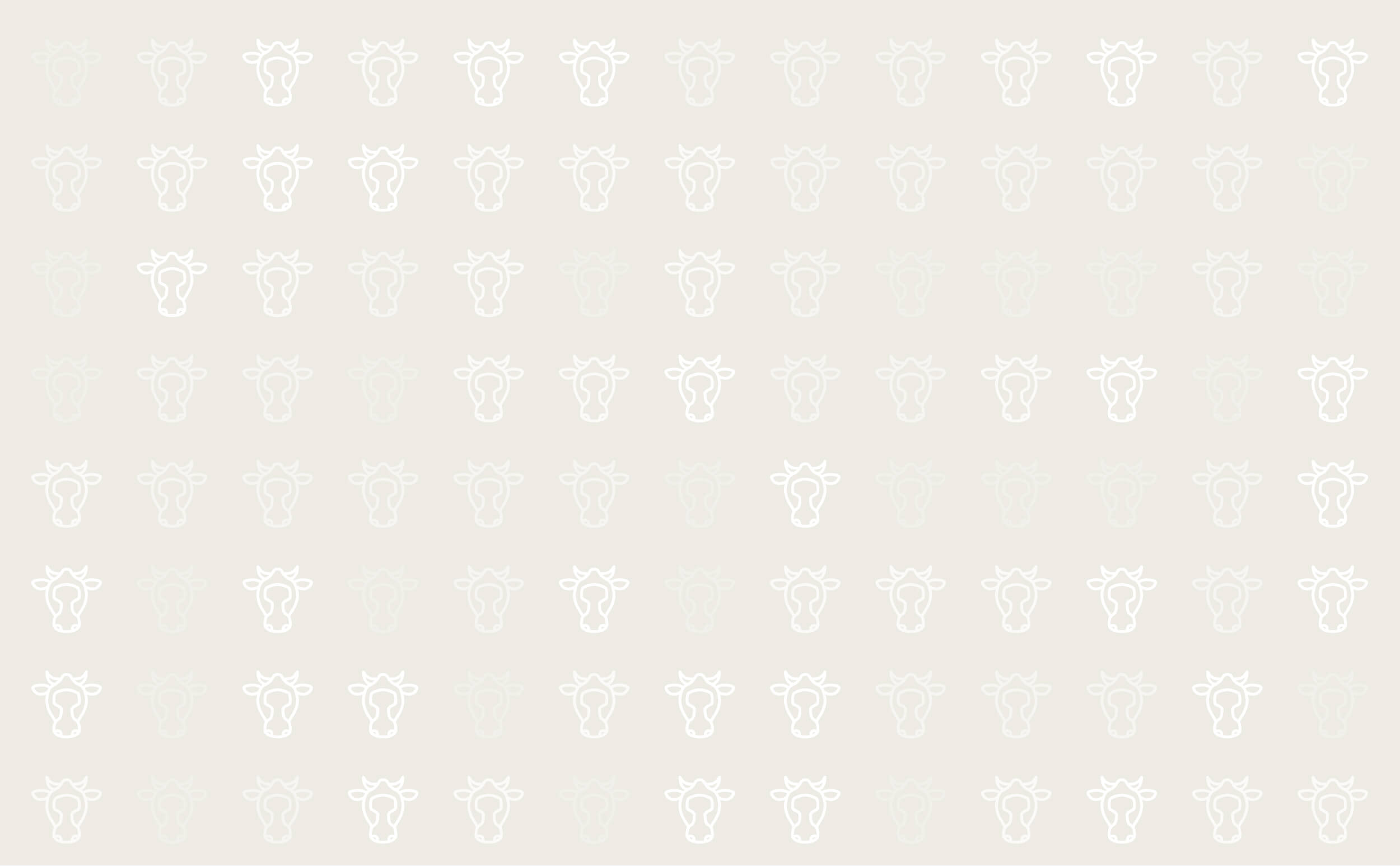



Botulism
Cause
Botulism is caused by Clostridium botulinum bacteria that produce toxins under certain environmental conditions. C. botulinum bacteria are commonly found in the environment and will grow to high levels in decaying organic matter including animal and bird carcases. It is believed that contamination of broiler litter with the carcases of chickens that have died, from various causes during production, can render the litter dangerous for ruminants.
Even small fragments of carcases transferred onto pasture by scavenger animals, such as foxes, dogs or crows may pose a risk to grazing ruminants. Scavengers may gain access to this material during storage or following spreading on land. While the Animal By-Products (Enforcement) Regulations (NI) 2011 permits the spreading on land of poultry litter, the spreading of litter contaminated by carcases is an offence.
It is important to note that that manure from egg laying hens has not been associated with outbreaks of botulism in cattle. A possible reason for this is that husbandry arrangements for layers reduce the likelihood of contamination of litter with carcases.
Symptoms
Cattle and sheep of all ages are susceptible to botulism, which is characterised by a progressive muscle weakness (paralysis). Affected animals may be weak, stagger about, or go down. Cattle characteristically display flaccid paralysis and occasionally protrusion of the tongue. Signs in sheep and goats are similar to cattle but protrusion of the tongue may not be as obvious. In most cases the disease is fatal although some animals may recover.
In many cases of botulism euthanasia is justified on welfare grounds.
Cattle are extremely sensitive to the effects of the toxin meaning that ingestion of very small amounts of toxin can result in clinical disease. The progression and severity of the disease depends on the amount of ingested toxin. When a large amount of toxin has been ingested, the animal may be found dead without having shown any signs of disease. Conversely if only a small amount of toxin is ingested the progression of the disease may take a more chronic course and clinical signs may be less severe.
Diagnosis
Diagnosis of botulism is based primarily on clinical signs and a history of known exposure to risk factors such as contaminated broiler litter or carcase material. Laboratory confirmation is frequently difficult and relies on detection of the toxin in samples harvested from suspect cases and elimination of other possible causes of disease.
Control of botulism in ruminants
Careful disposal of all animal or bird carcases and poultry litter is essential to minimise the risk of botulism to livestock. Poultry carcases should be promptly removed and disposed of by incineration, or rendering as required by EU Regulations No. 1069/2009 and 142/2011.
Following removal of the broiler crop, all poultry house doors should be kept closed until the litter is removed. The litter should not be removed from the house until it can be loaded directly onto spreading equipment, covered vehicles or immediately stacked and covered. At no time should it be accessible to dogs, foxes, crows or other scavengers that may carry carcases onto adjacent pasture or into livestock housing. Washings from poultry houses and yards should be collected in tanks rather than be allowed to flow onto adjacent land.
Poultry litter should not be spread on agricultural land that is to be grazed, or from which silage or hay is to be harvested, in the same year.
<br.
This is because fragments of carcases, containing botulinum toxins, may persist on pasture for a considerable time. If litter must be spread, it should be deep-ploughed into arable ground. If this is not an option and litter must be disposed of by spreading on pasture, ruminants should not have access to the treated fields for at least several months. However, there is no guarantee that the treated fields would then be safe for cattle and it is important to remember that fragments of carcases on pasture may be transported by scavenger animals and birds to neighbouring fields.
Spreading litter on a windy day may also pose a risk of contaminating adjacent fields.
Any animal or bird carcases, or portions of carcasses, visible on pasture or in livestock houses, should be promptly removed. Even small fragments of such material may be dangerous to livestock and should be disposed of by incineration or rendering, as required by current legislation.
Vaccination
Vaccination is available. However, in some countries no vaccines are available under a general licence, although special treatment certificates can be obtained.

